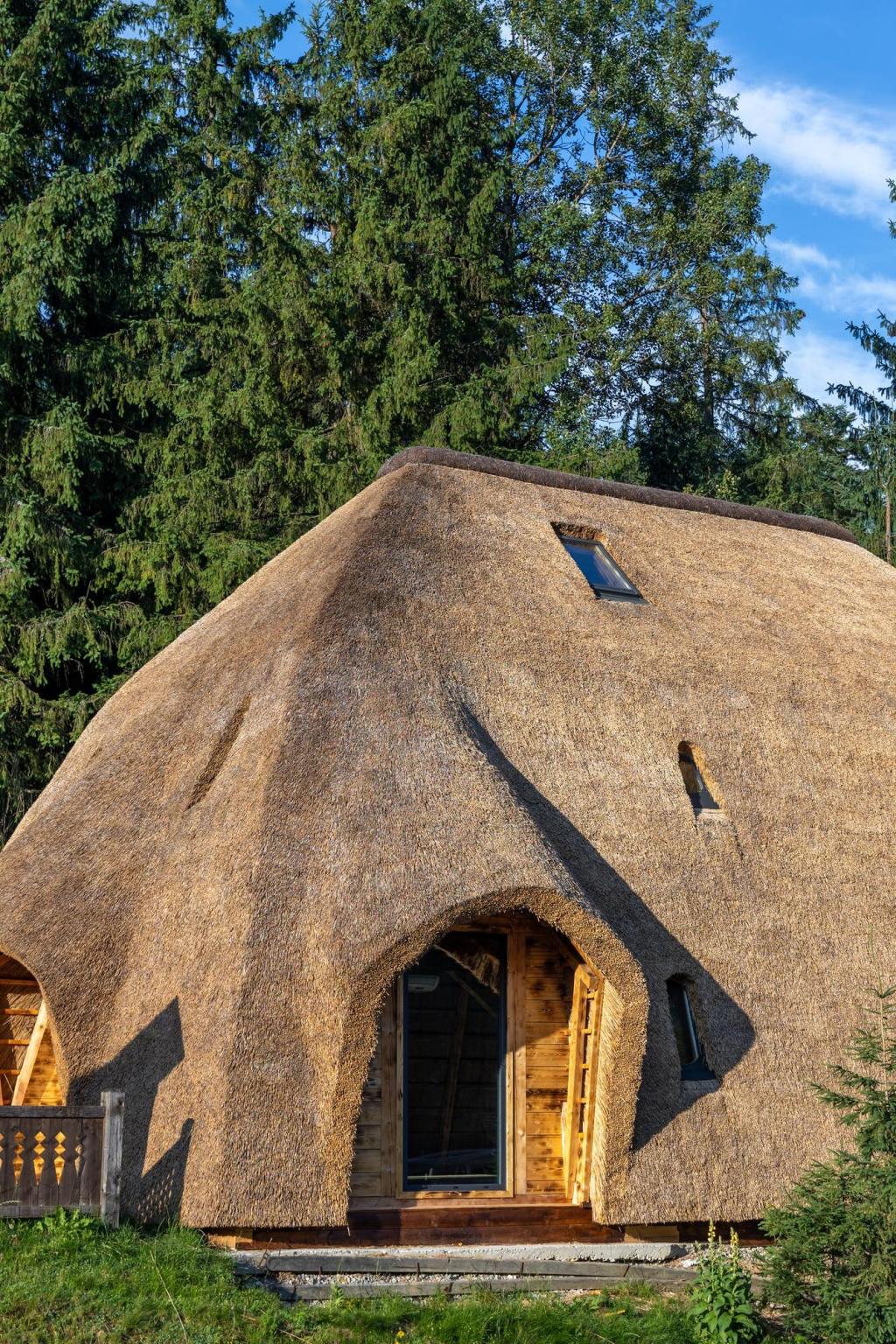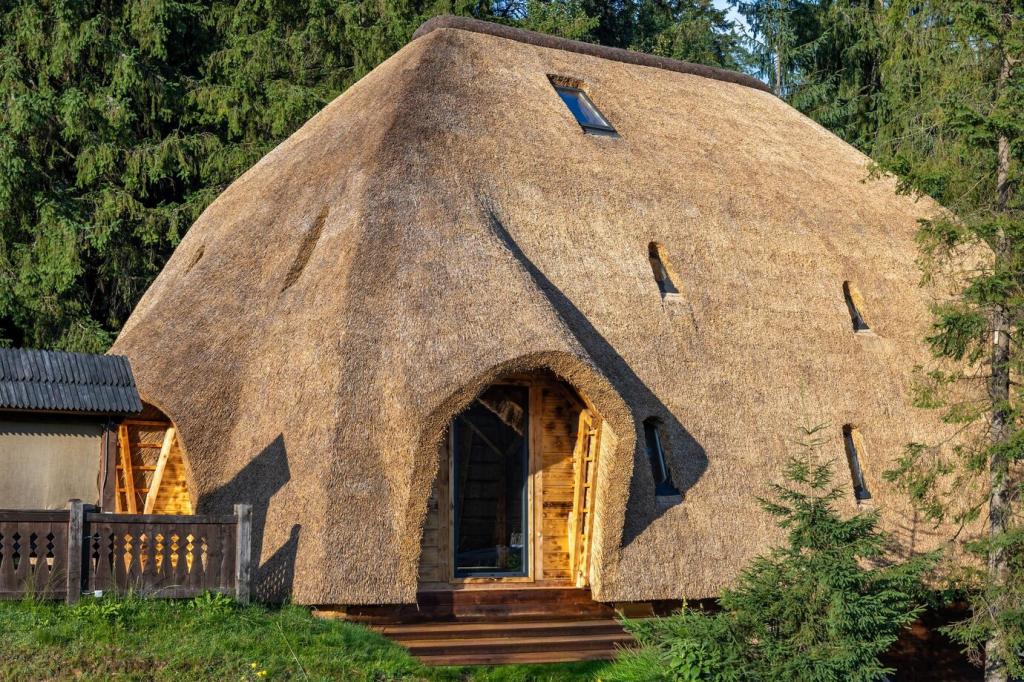Principles of Low-impact Design
Read your site like a story: morning sun, afternoon heat, seasonal winds, and the places rain lingers. Test soil texture and drainage before planting anything. Match species to microclimates and root depths to avoid constant inputs. Share a snapshot of your sun and shade map in the comments to help others learn from your landscape.
Principles of Low-impact Design
Group plants by water needs, mulch generously, and compost on-site to feed a living soil food web. Favor tough, regionally adapted natives and drought-tolerant varieties. Avoid synthetic fertilizers and pesticides that disrupt beneficial insects. Try one bed with these practices for a season, then report back—what changed for you, and what surprised you most?






